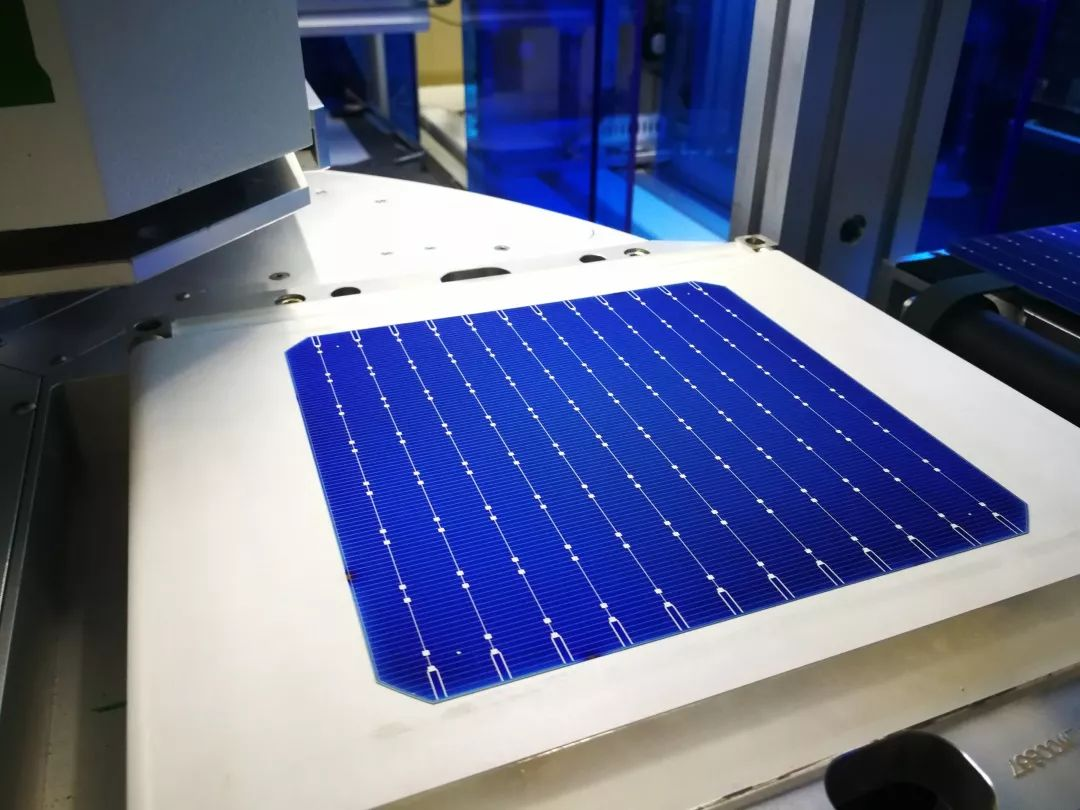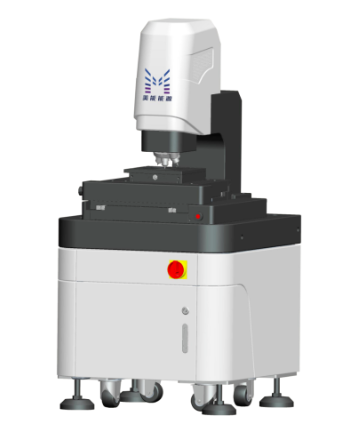
Quantum Efficiency Tester
PL/EL Integrated System
PV-Reflectumeter
3D Confocal Microscope
In-Line Four Point Probe Tester
Four Point Probe Tester
In-Line Thin Film Thickness Tester
Raman Spectrometer
FTIR Spectrometer
Spectrophotometer
Automatic Spectroscopic Ellipsometer
Contact Resistance Tester
Ultra depth of field 3D microscope
Auto Visual Tester
VMM PV Vision Measuring Machine
Solar Cell Horizontal Tensile Tester
Steady State Solar Simulator for Solar Cell
Solar Cell UV Aging Test Chamber
Solar Cell Comprehensive Tensile Tester
Visual Inspection Tester
Wet Leakage Current Tester
PV Module EL Tester
PV Module UV Preconditioning Chamber
Steady State Solar Simulator for PV Module
Current Continuous Monitor
Potential Induced Degradation Test
Bypass Diode Tester
LeTID Test System
Reverse Current Overload Tester
Impulse Voltage Tester
Hipot Insulation Tester
Ground Continuity Tester
Hipot Insulation Ground Tester
Damp Heat Test Chamber
Humidity Freeze Test
Thermal Cycle Test Chamber
Dynamic Mechanical Load Tester
Static Mechanical Load Tester
Hail Impact Tester
Robustness of Termination Tester
Module Breakage Tester
Cut Susceptibility Tester
Peel Shear Strength Tester
Universal Testing Machine (Single-arm)
Universal Testing Machine (Double-arm)
Glass Transmittance Tester
Acetic Acid Test Chamber
EVA Degree of Crosslinking Test System
Junction Box Comprehensive Tester
Drop ball tester
Semi-automatic scanning four-probe tester
Stylus Profilometer
Maximum Power Point Tracker
Perovskite Glass Transmittance Tester
Perovskite P1 Laser Scribing Multifunctional Testing Machine
Perovskite Online PL Tester
Perovskite Online Sheet Resistance Tester
Online Perovskite Film Thickness Tester
Perovskite Process Inspection Workstation
Portable IV Curve Tester
Portable EL Tester
Portable Thermal Imaging Tester
Solar Module Multi-Channel Testing System
PV Inverter Power Quality Tester
Drone EL Tester
IV Tester
IVEL Cell Sorting Machine
IBC Solar Cell Technology
Date : 2024-01-03Views : 145
IBC (Interdigitated back contact) cells appeared in the 1970s and were the earliest back-junction cells studied. They were initially mainly used in concentrator systems. IBC technology has obvious potential for efficiency improvement through process stacking, and it has potential for future industrialization.
![]()
working principle
IBC solar cell technology refers to a back-junction solar cell structure with positive and negative metal electrodes arranged in an interdigitated manner on the backlight surface of the cell. Due to the high requirements on the minority carrier lifetime, IBC cells generally use N-type silicon wafers as the substrate, and the front surface is the N+ front field area FSF. The field passivation effect is used to reduce the surface minority carrier concentration, thereby reducing the surface recombination rate and also reducing the series connection rate. Resistance; SiO2/SiNx laminated films are used as passivation films on the front and rear surfaces to inhibit carrier recombination on the back surface of the IBC; the front surface is often covered with an anti-reflection layer to improve power generation efficiency; all metal contact parts are in contact with the positive and negative electrodes on the back regions are also arranged in an interdigitated shape.

![]()
cell features
1. Compared with PERC, PERT and HJT cells, this has no grid lines on the front surface, and the positive and negative electrodes are prepared in a cross-arranged manner on the back of the battery, avoiding about 5% of the shading loss of conventional cell front grid lines.
2. The point contact connection between the metal electrode and the emitting area or base area is realized, which reduces the back surface recombination rate of photogenerated carriers.
3. Due to the back contact structure, the series resistance of IBC cells is lower than that of traditional cells and has a higher fill factor.
In addition, IBC cells can be superimposed with a variety of cell technologies to further improve efficiency: (1) Combined with TOPcon and HJT technologies to produce TBC (POLO-IBC) and HBC cells, the efficiency is increased to more than 26%; (2) Combined with perovskite technology, PSC IBC stacked cells are produced.

![]()
3D Microscope
The 3D Microscope ME-PT3000 is a high-speed confocal scanning microscope that can be used for accurate and reliable 3-dimensional (3D) measurements. Real-time confocal microscopy images are achieved through fast optical scanning modules and signal processing algorithms.
ME-PT3000 3D Microscope is an optical instrument specially used in the photovoltaic industry to inspect the quality of grid lines and textures on the surface of photovoltaic cells. Based on the principle of optical technology, combined with precision Z-direction scanning module, 3D modeling algorithm, etc., the device surface is non-contactly scanned and a 3D image of the surface is established. The height and width of the grid lines on the photovoltaic cells and the texture on the surface are measured through the system software. The number of pyramids is quantitatively tested to provide feedback on the quality of photovoltaic cell cleaning, texturing and screen printing processes.

E-mail:market@millennialsolar.cn
The cost of IBC cells has always been relatively high. With the entry of China's first-tier photovoltaic manufacturers and the development of new processes and new materials, IBC cells will continue to develop in the direction of improving cell conversion efficiency and reducing cell manufacturing costs. Millennial Solar believes that the commercial application and promotion of IBC solar cells has broad prospects.

































































